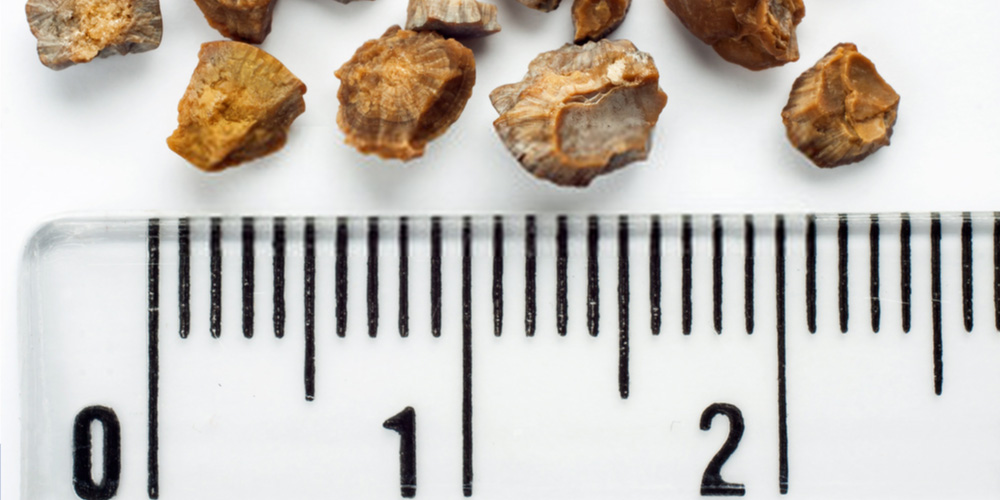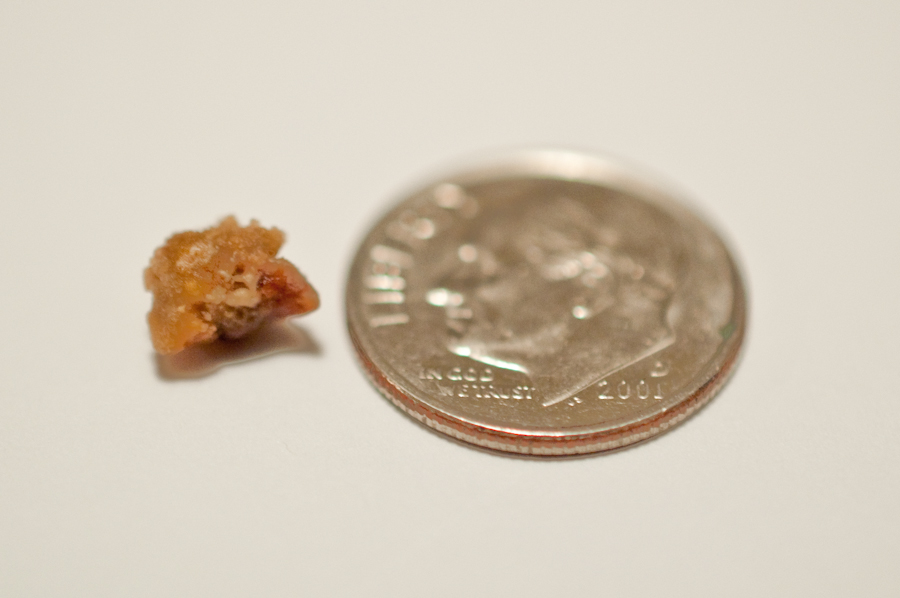


The opposite is true for residents of developing areas of the world, where bladder stones are the most common. In residents of industrialized countries, kidney stones are more common than stones in the bladder. People who have already had more than one kidney stone are prone to developing further stones. Most urinary stones develop in people 20 to 49 years of age, and those who are prone to multiple attacks of kidney stones usually develop their first stones during the second or third decade of life. Urinary tract stones are more common in men than in women. If needed, lithotripsy or surgical techniques may be used for stones that do not pass through the ureter to the bladder on their own.Īnyone may develop a kidney stone, but people with certain diseases and conditions (see below) or those who are taking certain medications are more susceptible to their development.

Treatment includes pain-control medications and, in some cases, medications to facilitate the passage of urine.Most kidney stones will pass through the ureter to the bladder on their own with time.Diagnosis of kidney stones is best accomplished using an ultrasound, intravenous pyleography (IVP), or a CT scan.Diet and hereditary factors are also related to stone formation.People with certain medical conditions, such as gout, and those who take certain medications or supplements are at risk for kidney stones.Symptoms of a kidney stone include flank pain (the pain can be quite severe) and blood in the urine ( hematuria).Dehydration is a major risk factor for kidney stone formation.Kidney stones form when there is a decrease in urine volume and/or an excess of stone-forming substances in the urine.Early signs of kidney stones often report the sudden onset of excruciating, cramping pain in their low back and/or side, groin, or abdomen.A family history of kidney stones is also a risk factor for developing kidney stones.One in every 20 people develops kidney stones at some point in their life.Nephrolithiasis is the medical term for kidney stones.A kidney stone is a hard, crystalline mineral material formed within the kidney or urinary tract.Facts you should know about kidney stones


 0 kommentar(er)
0 kommentar(er)
